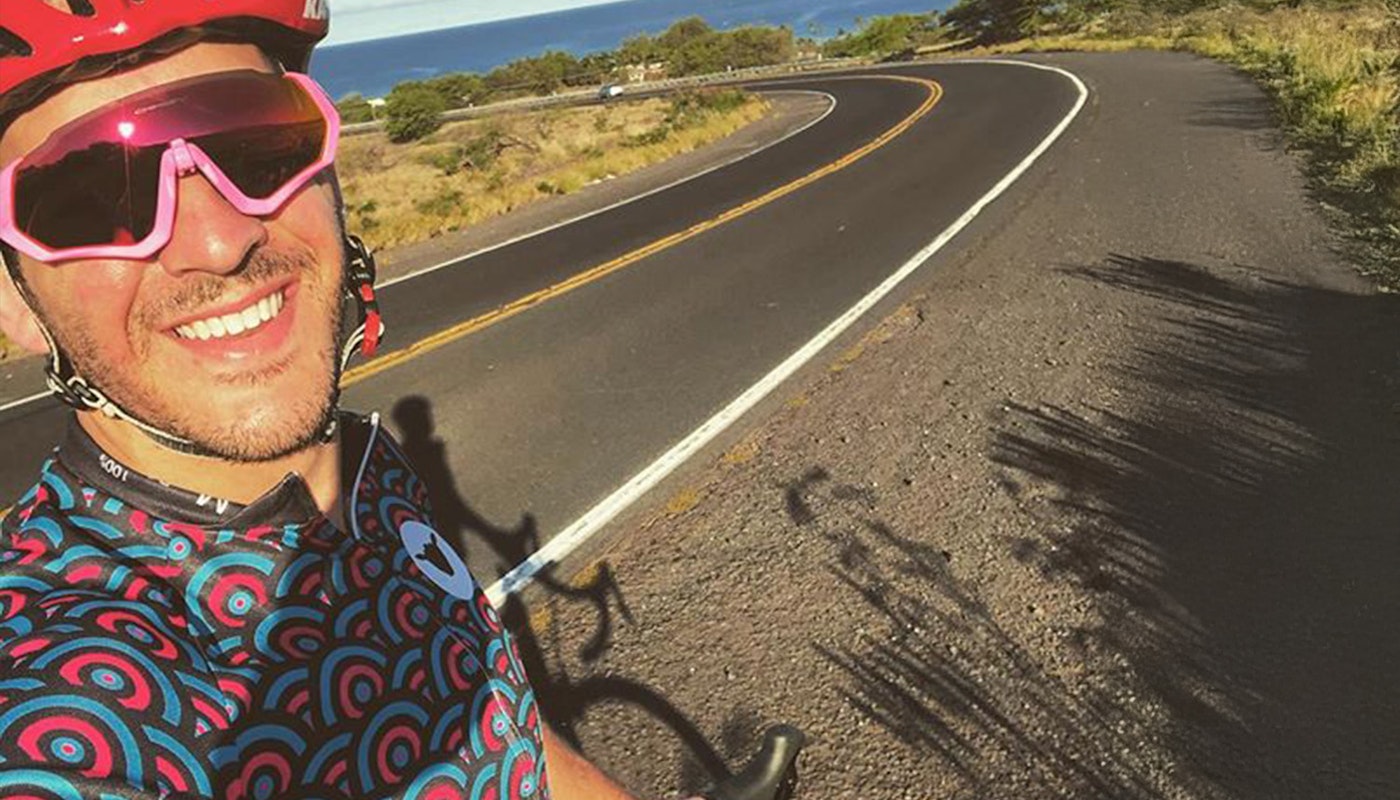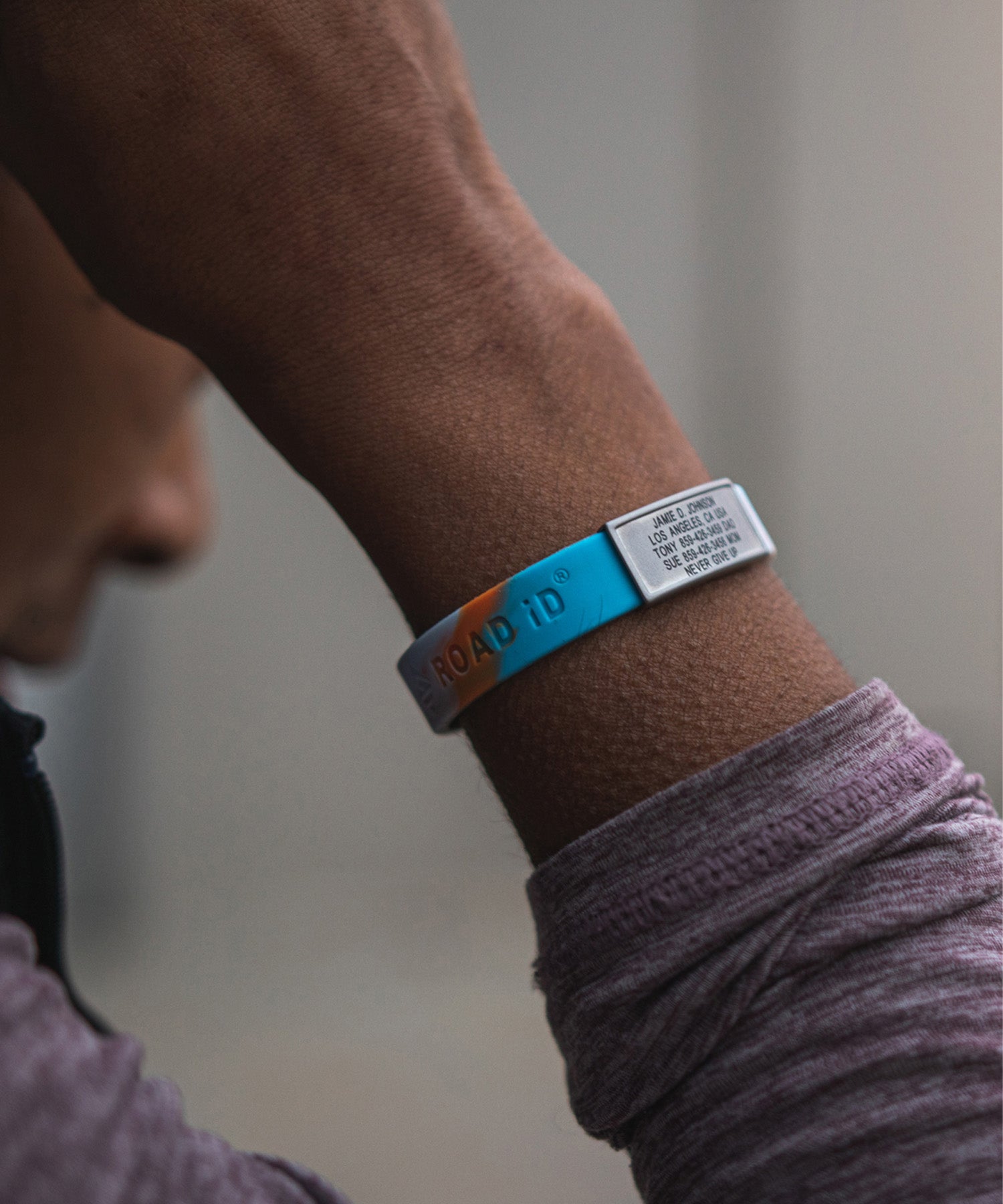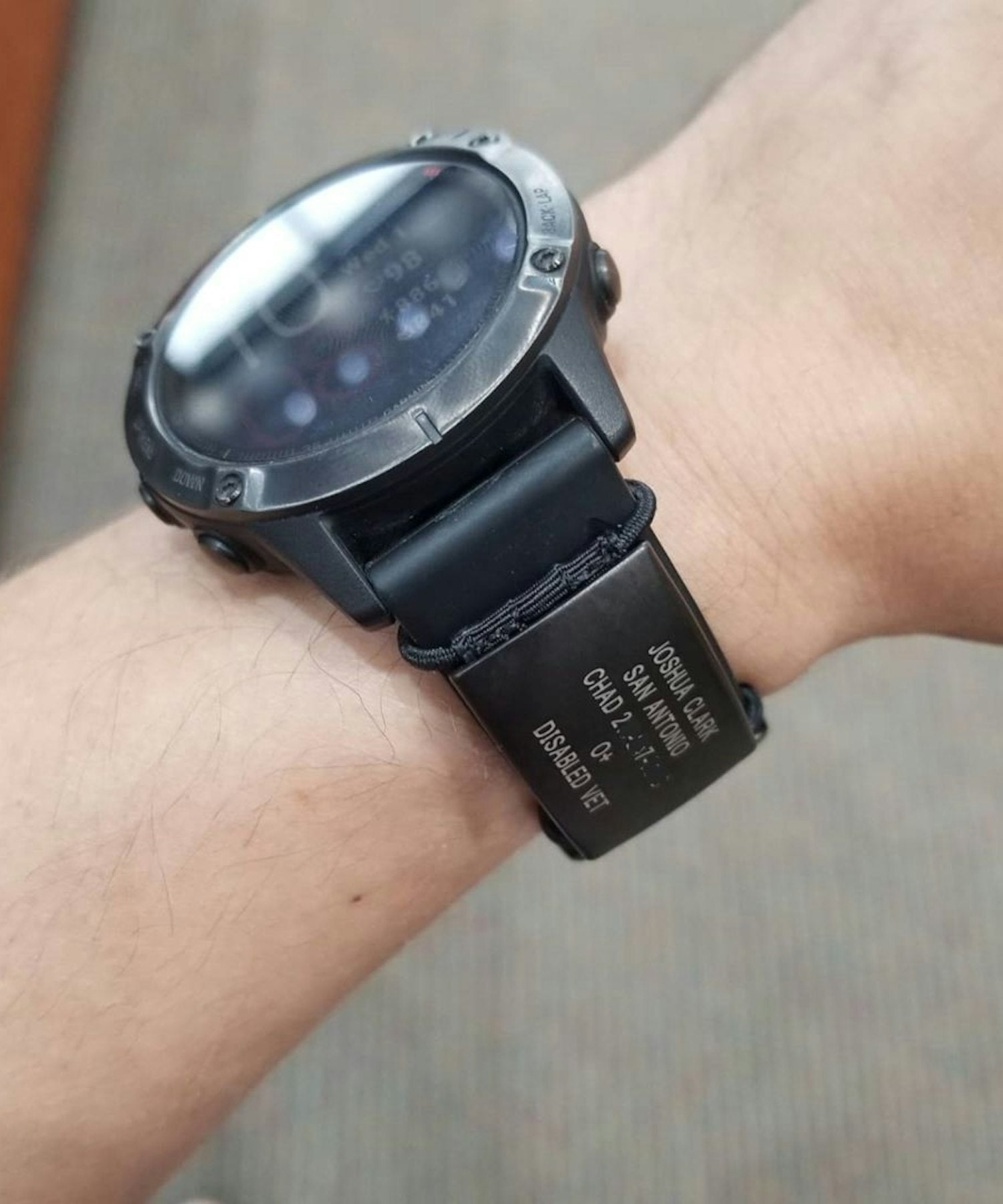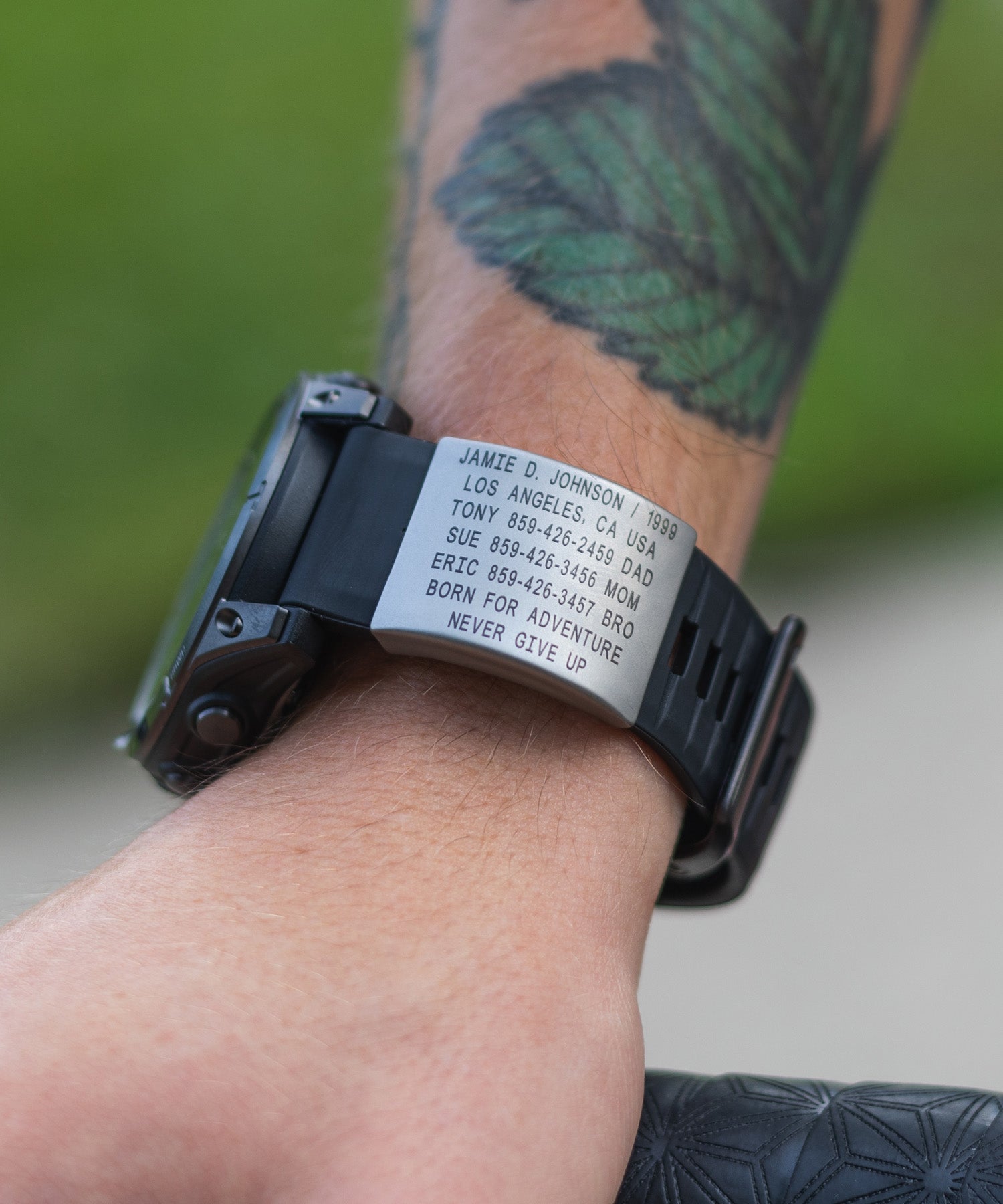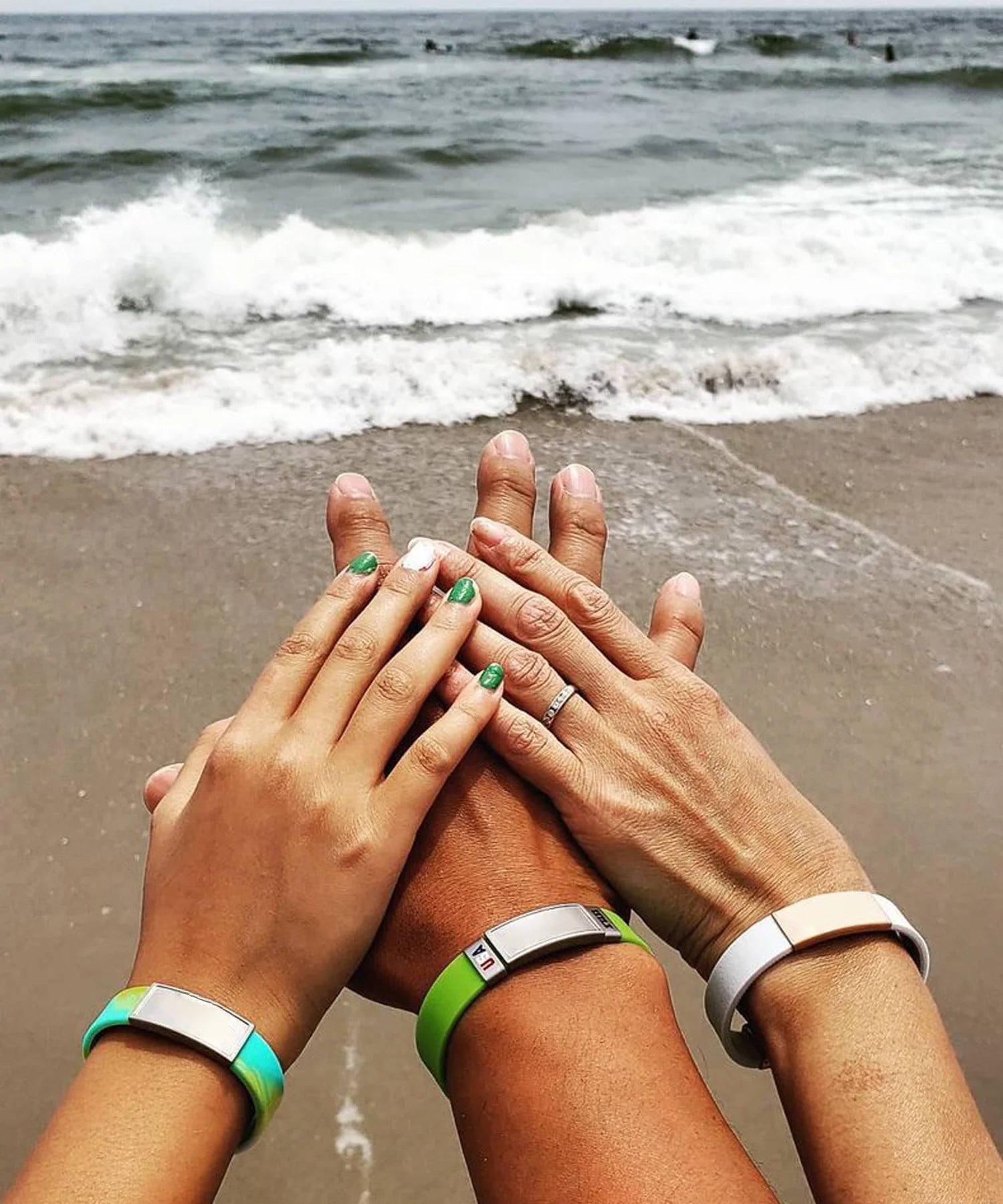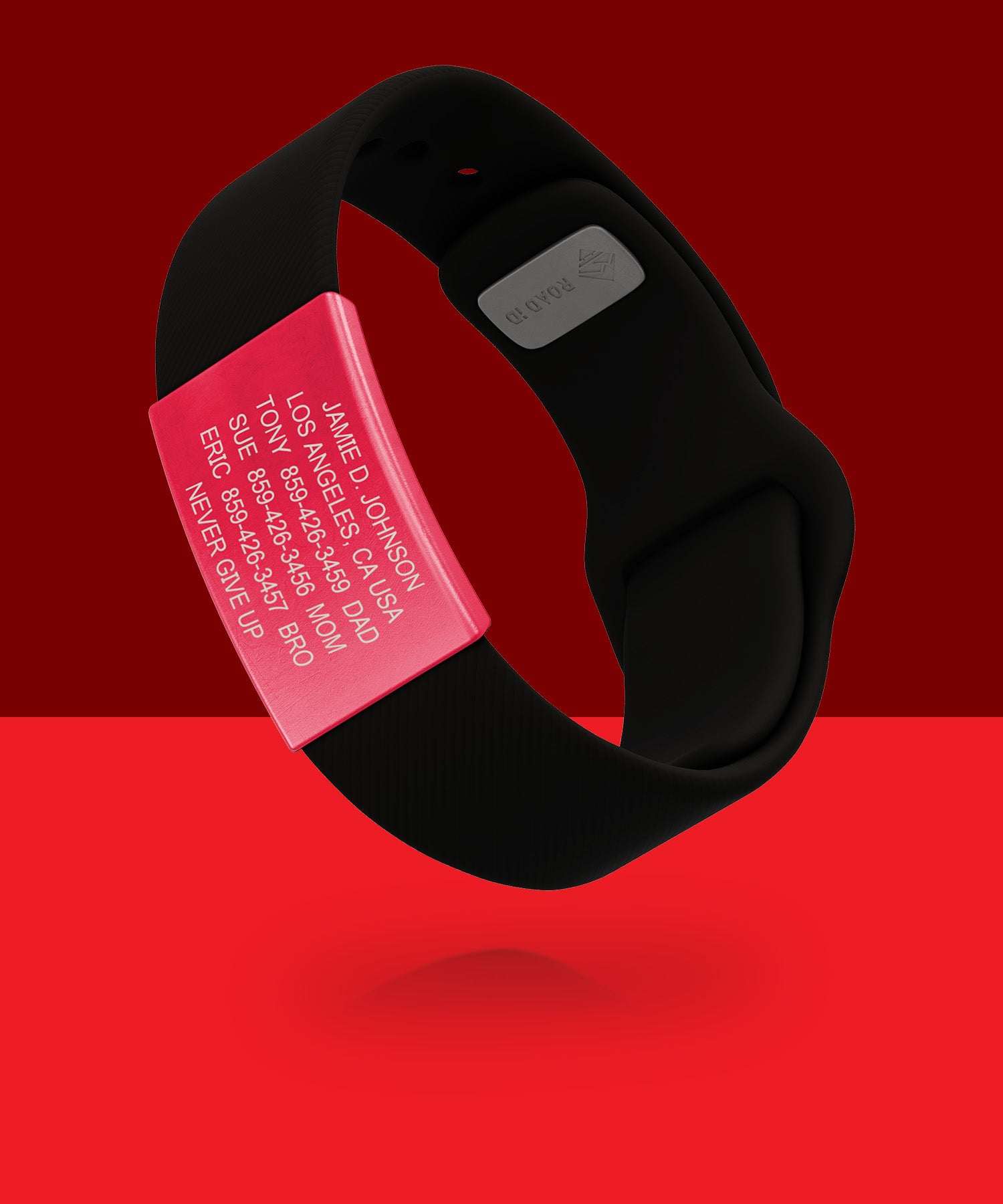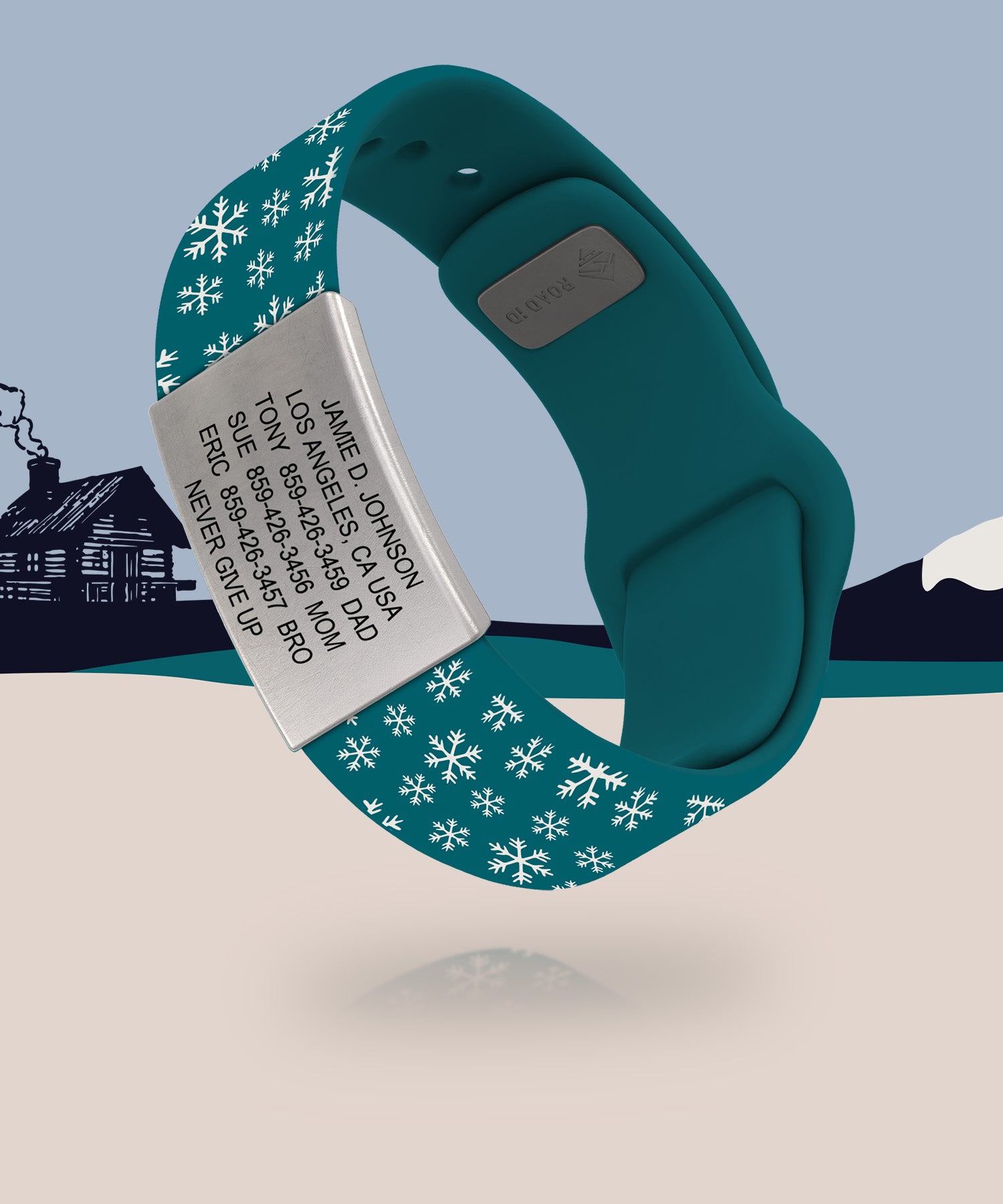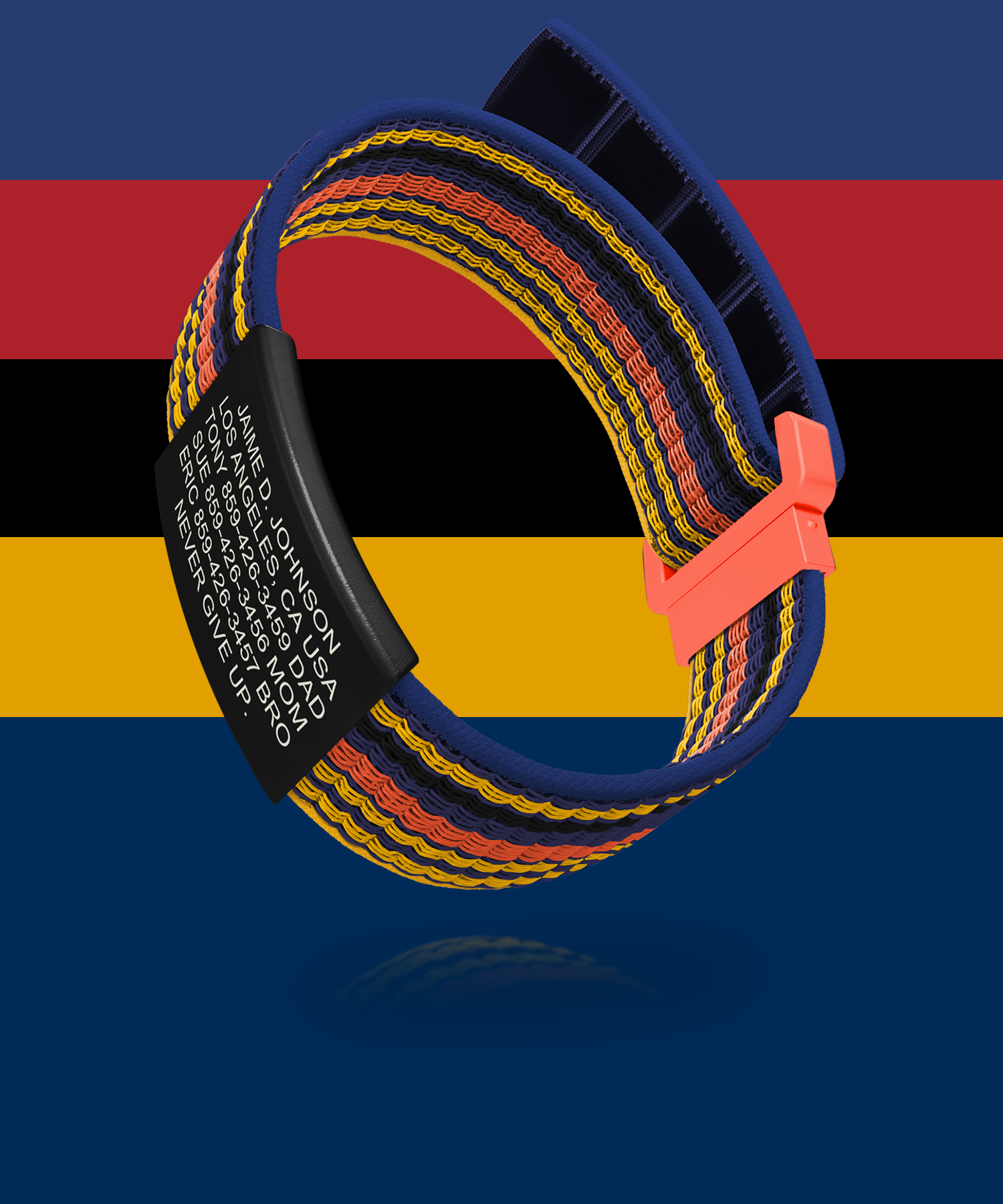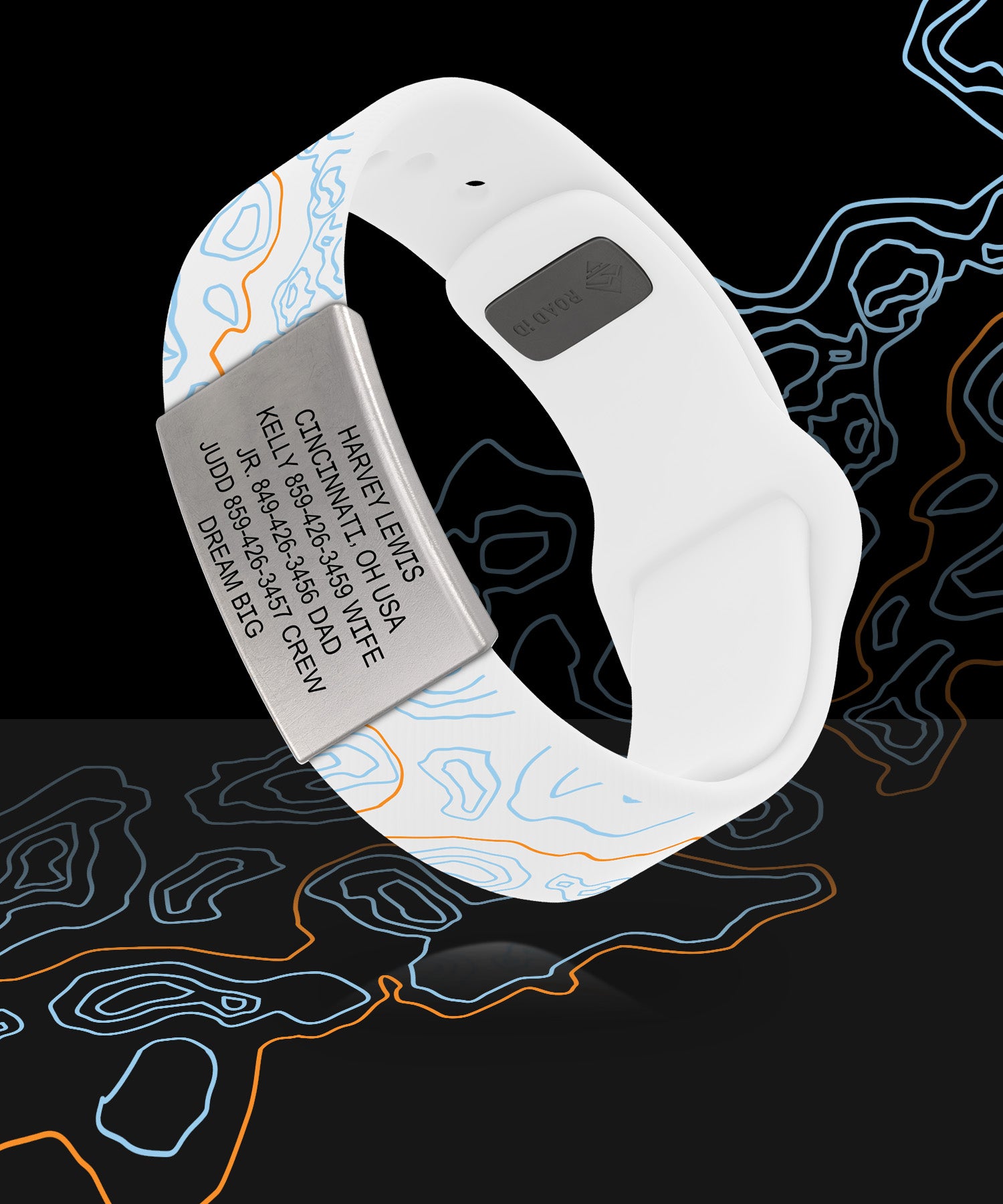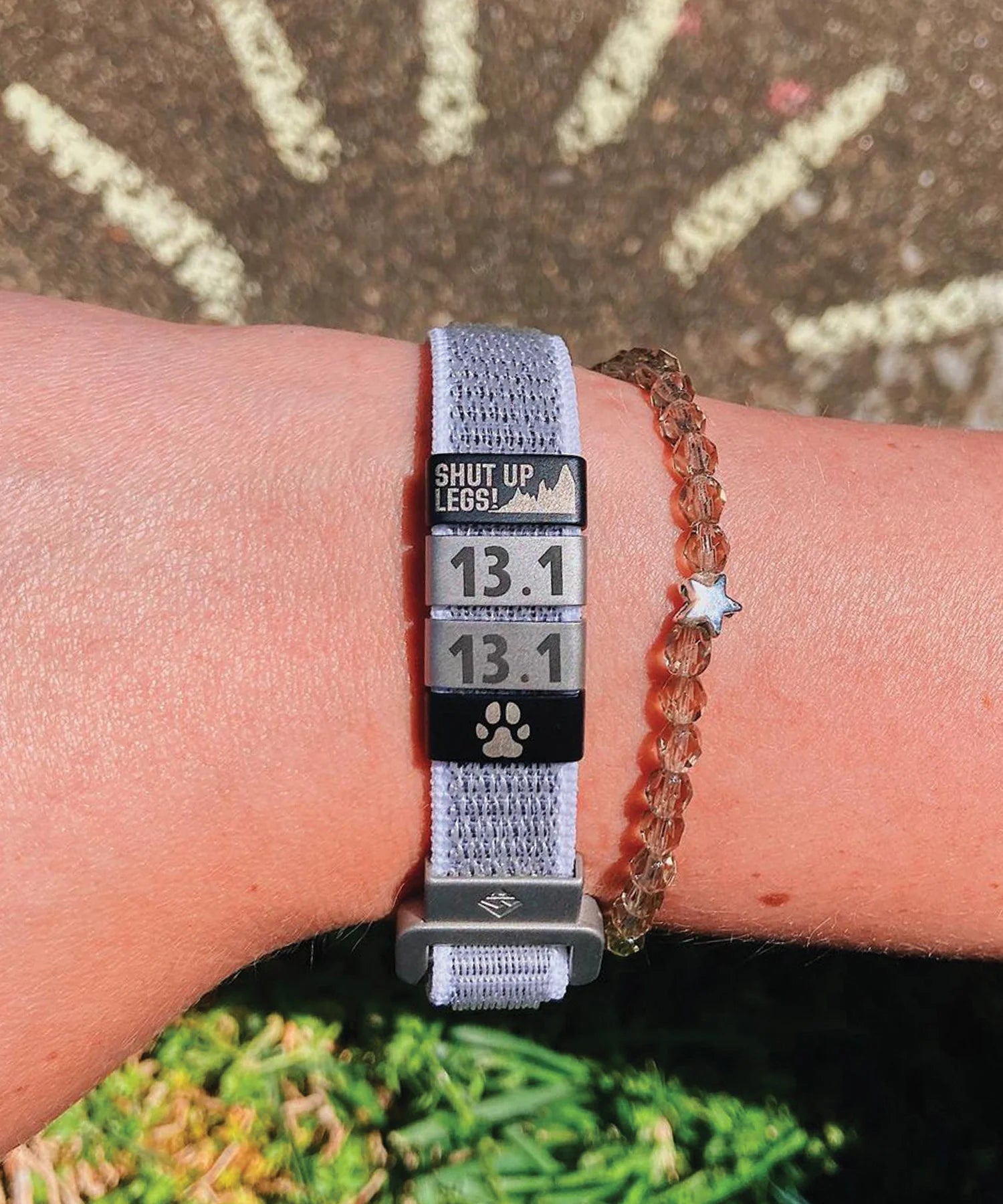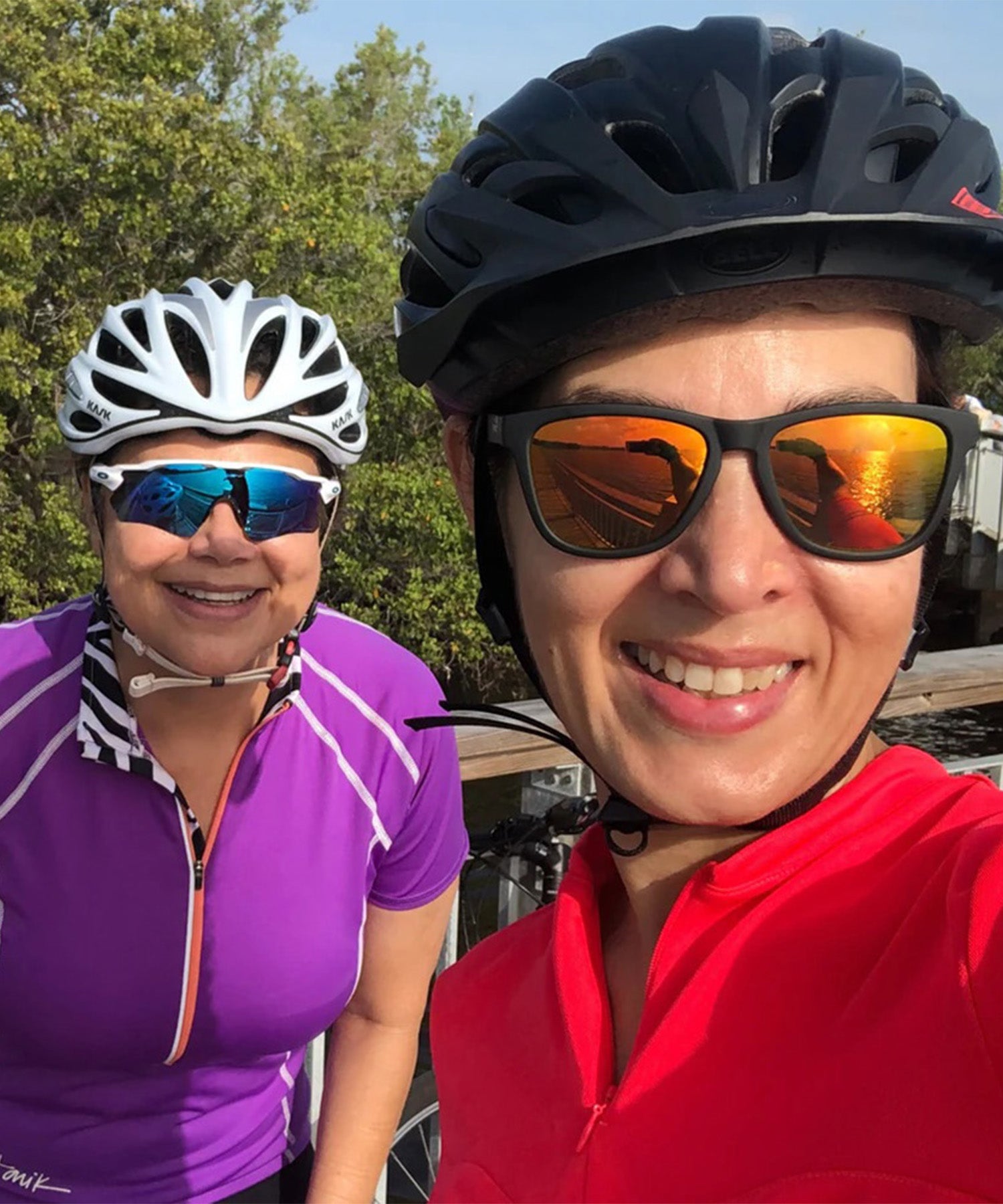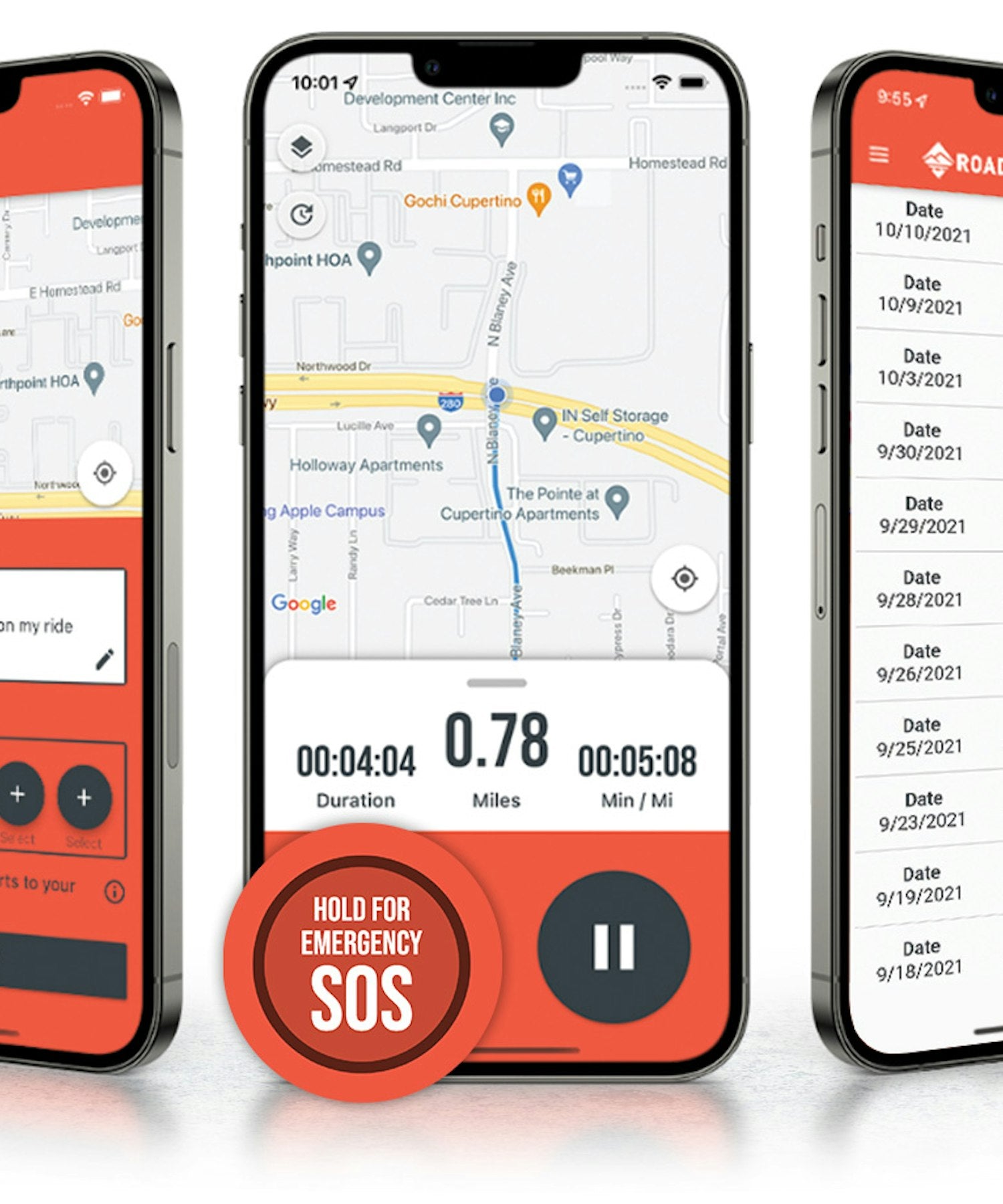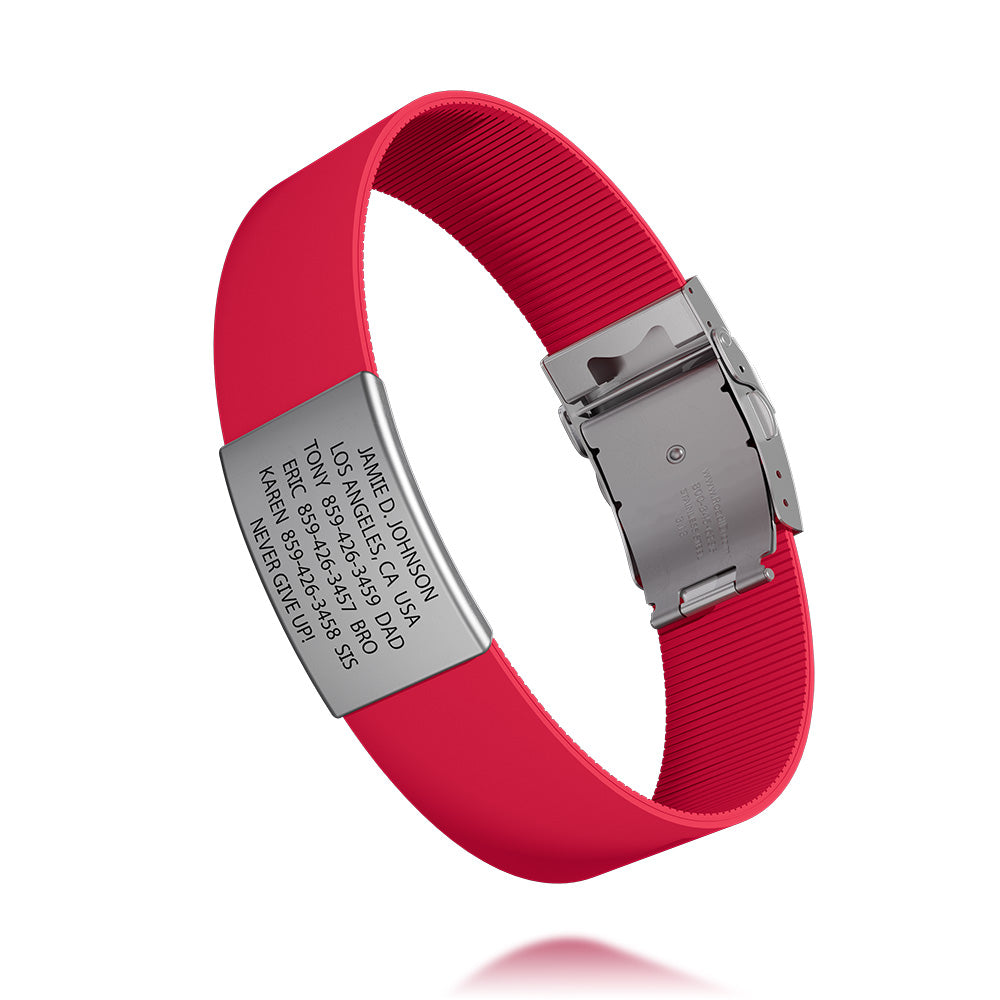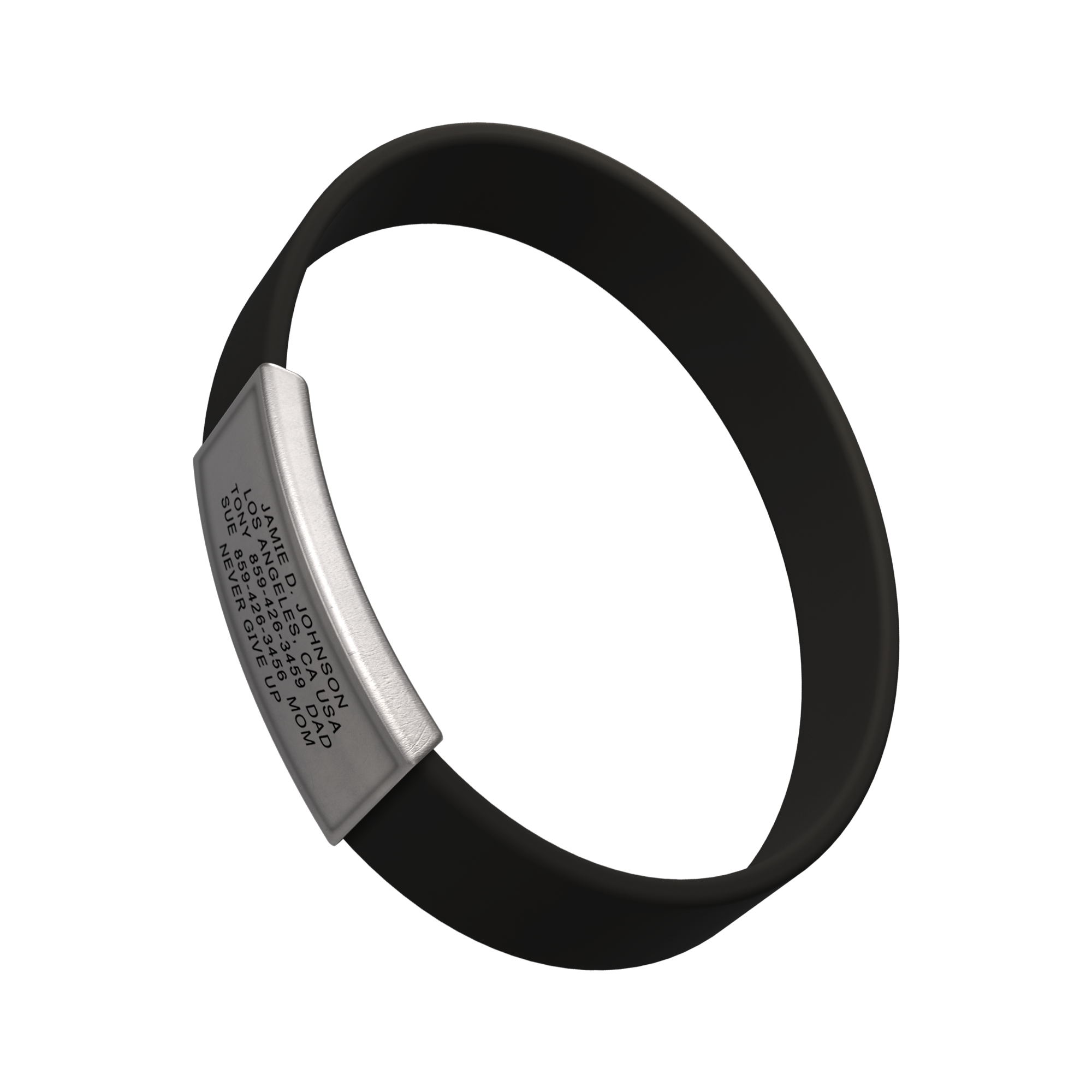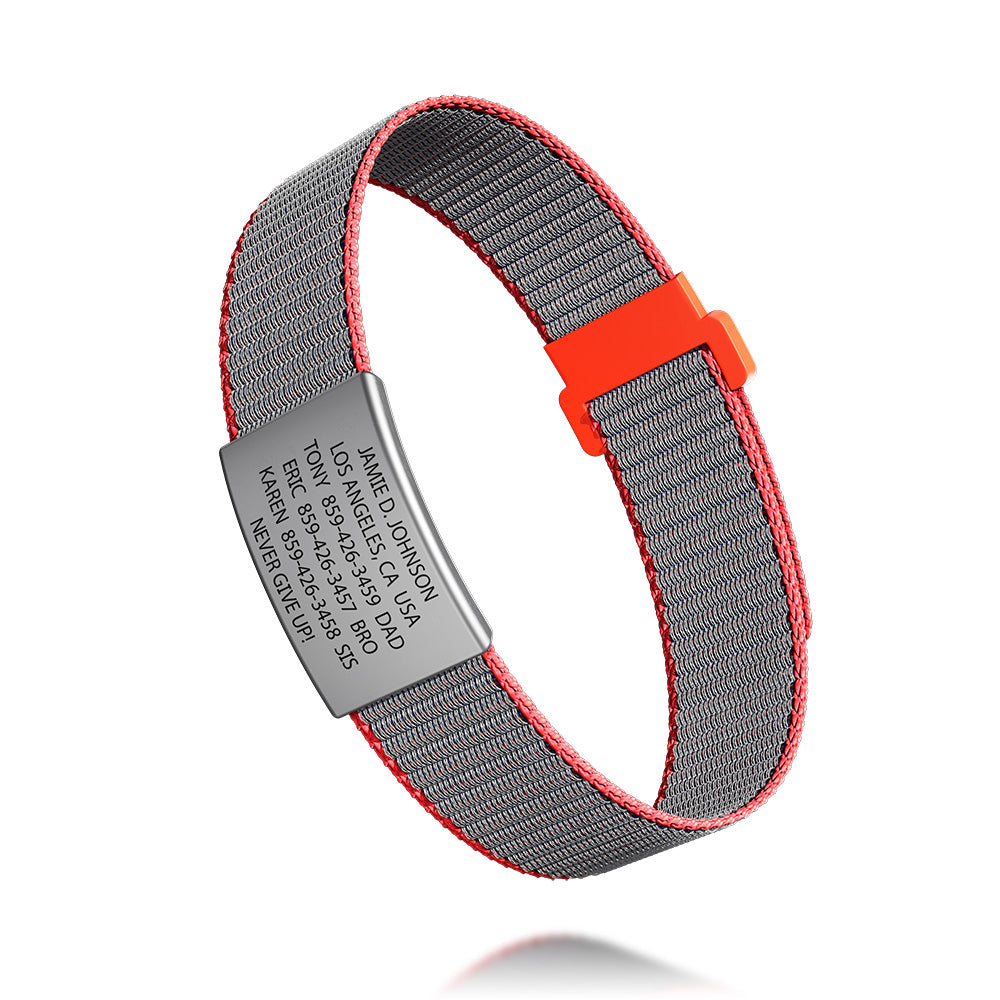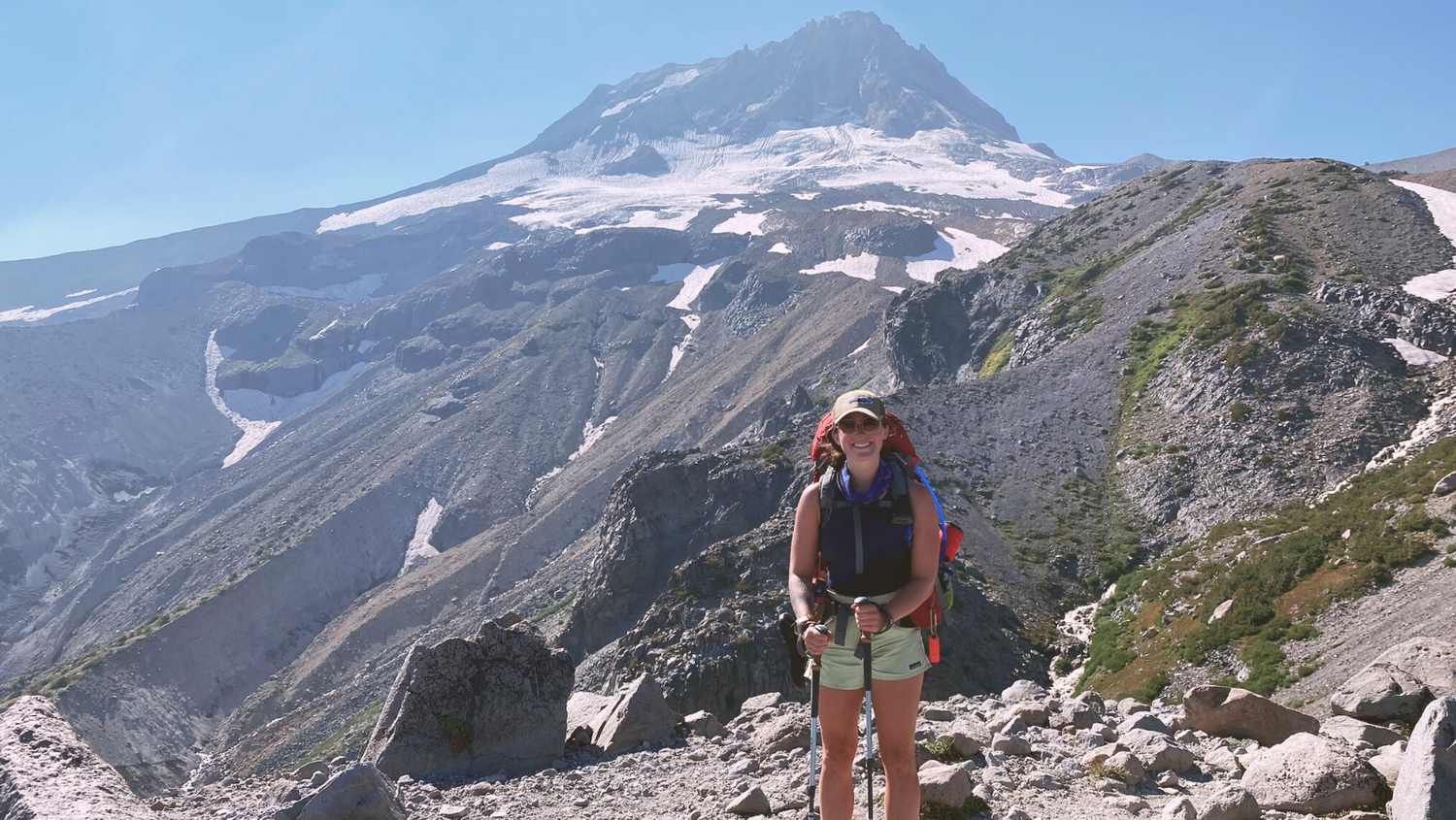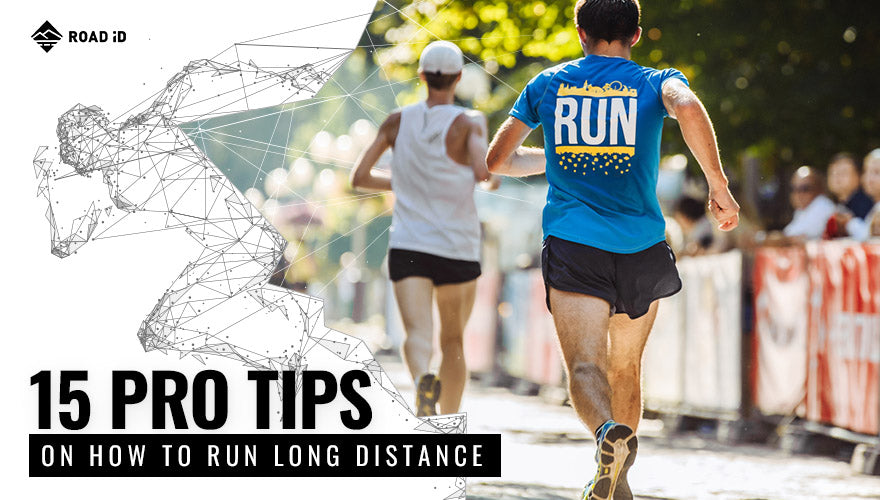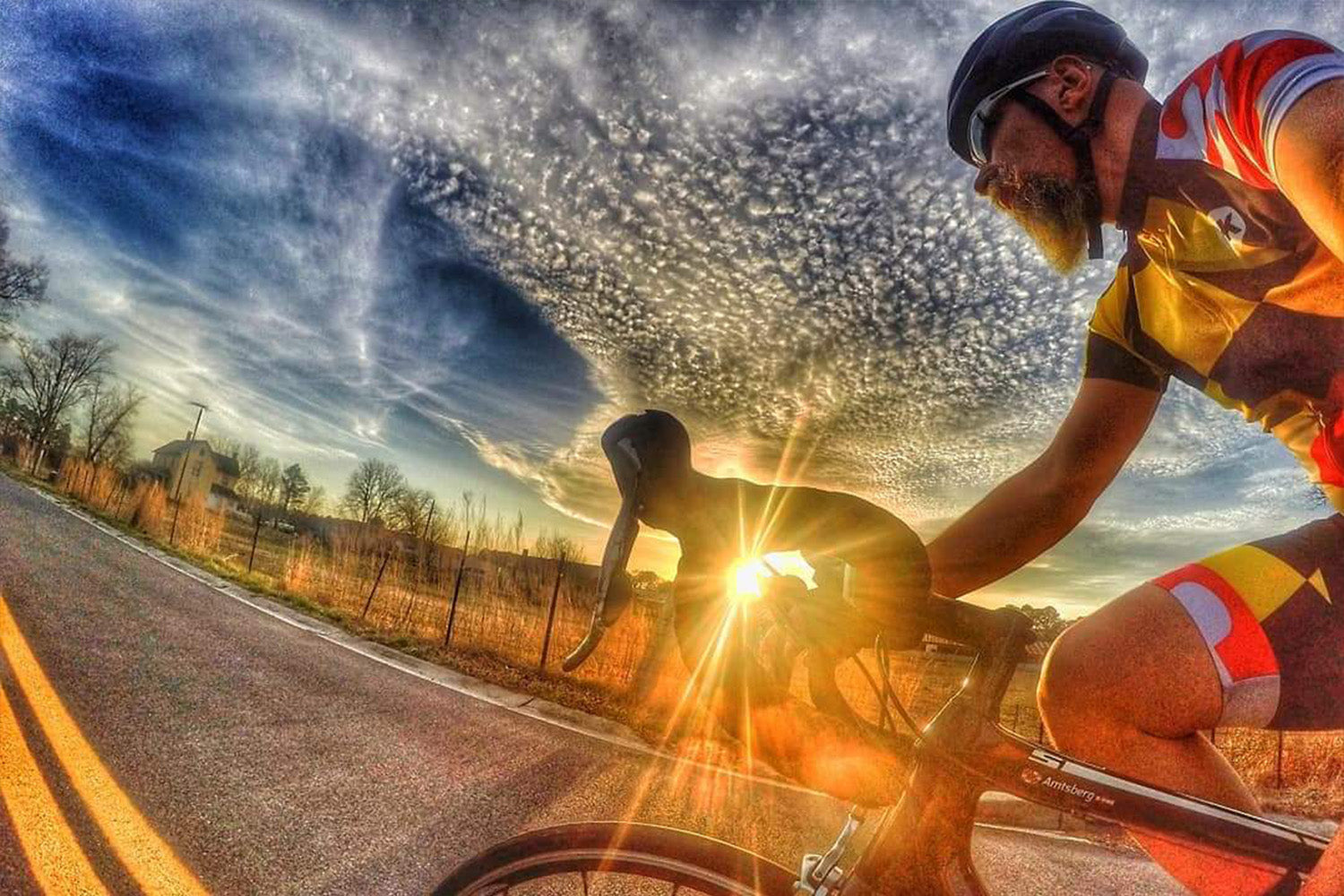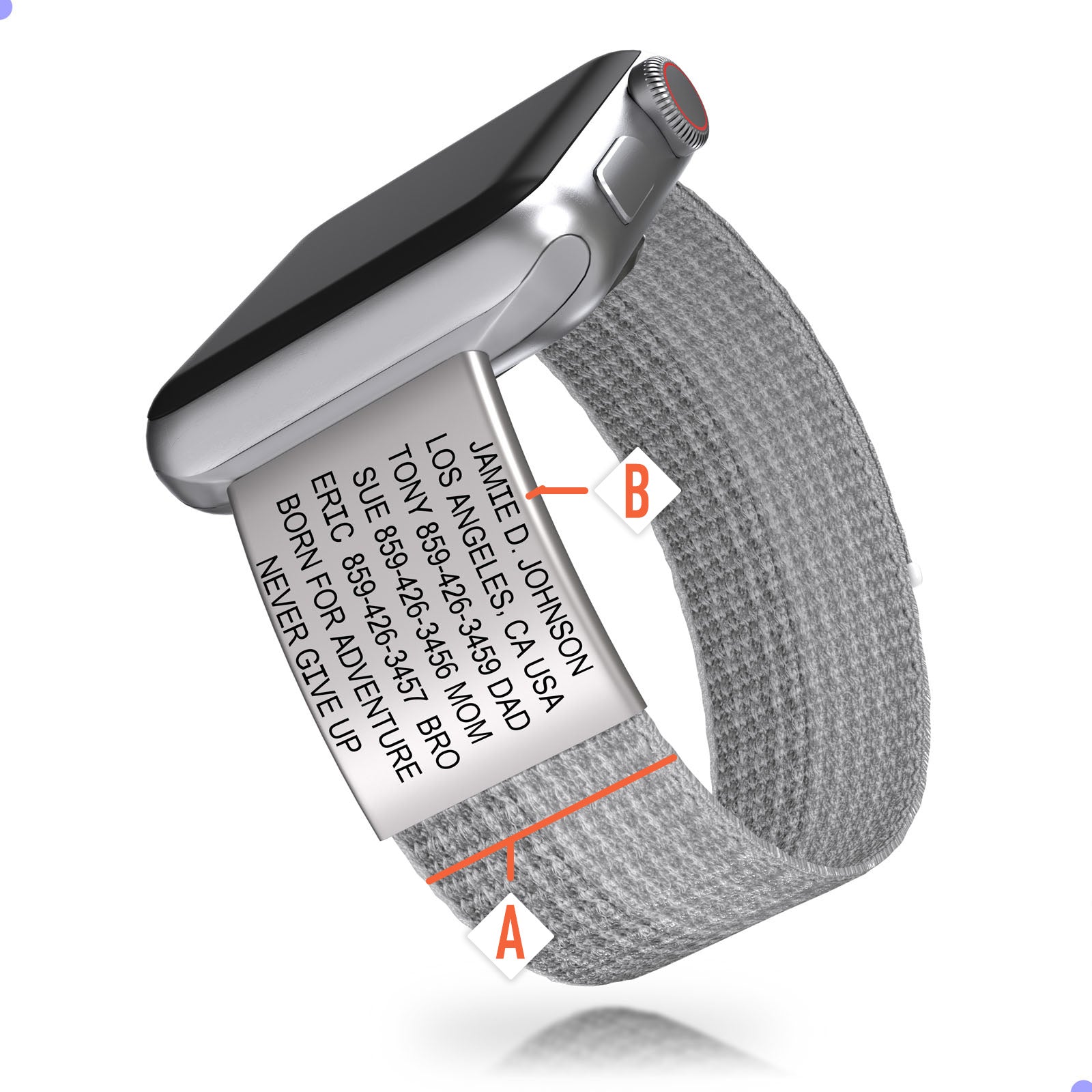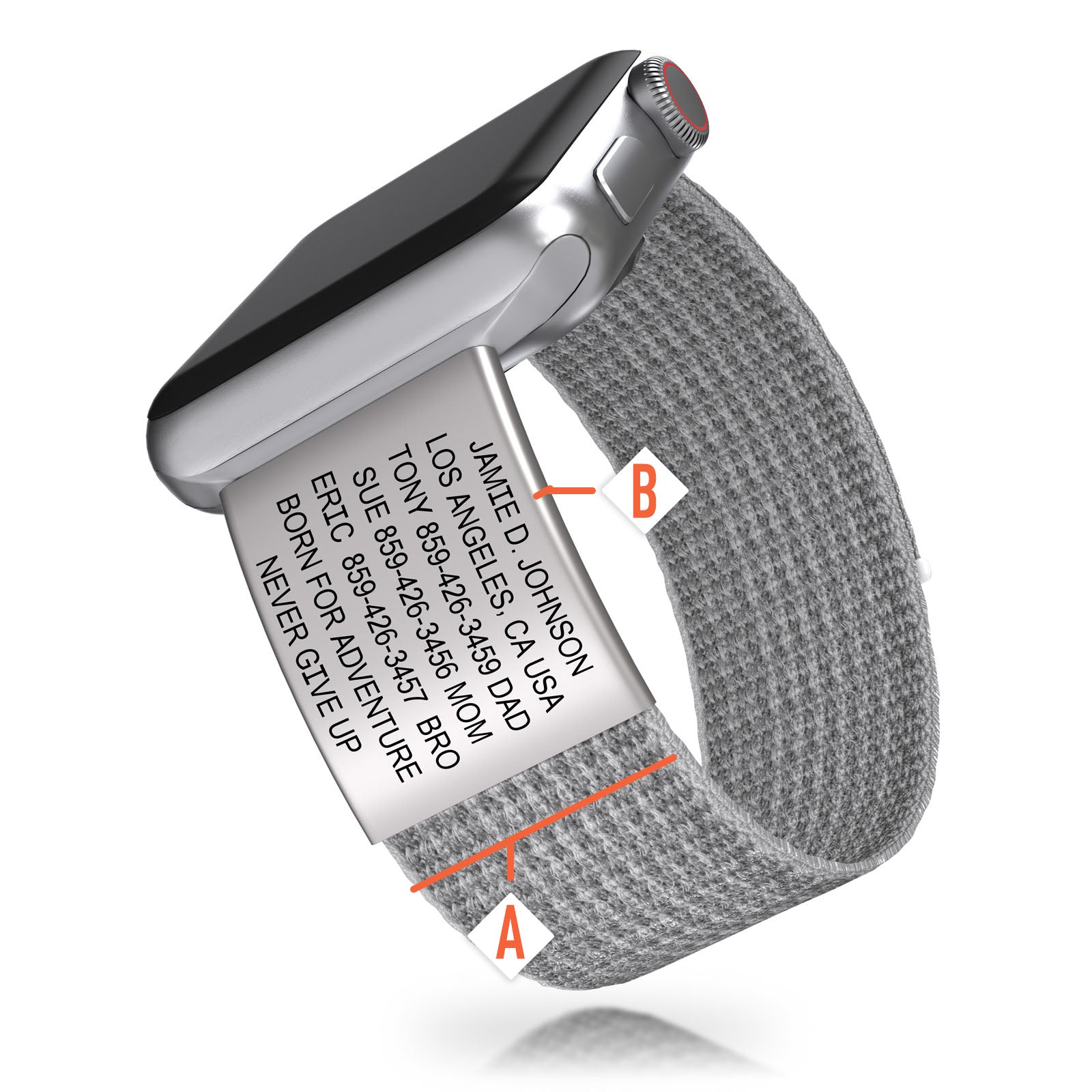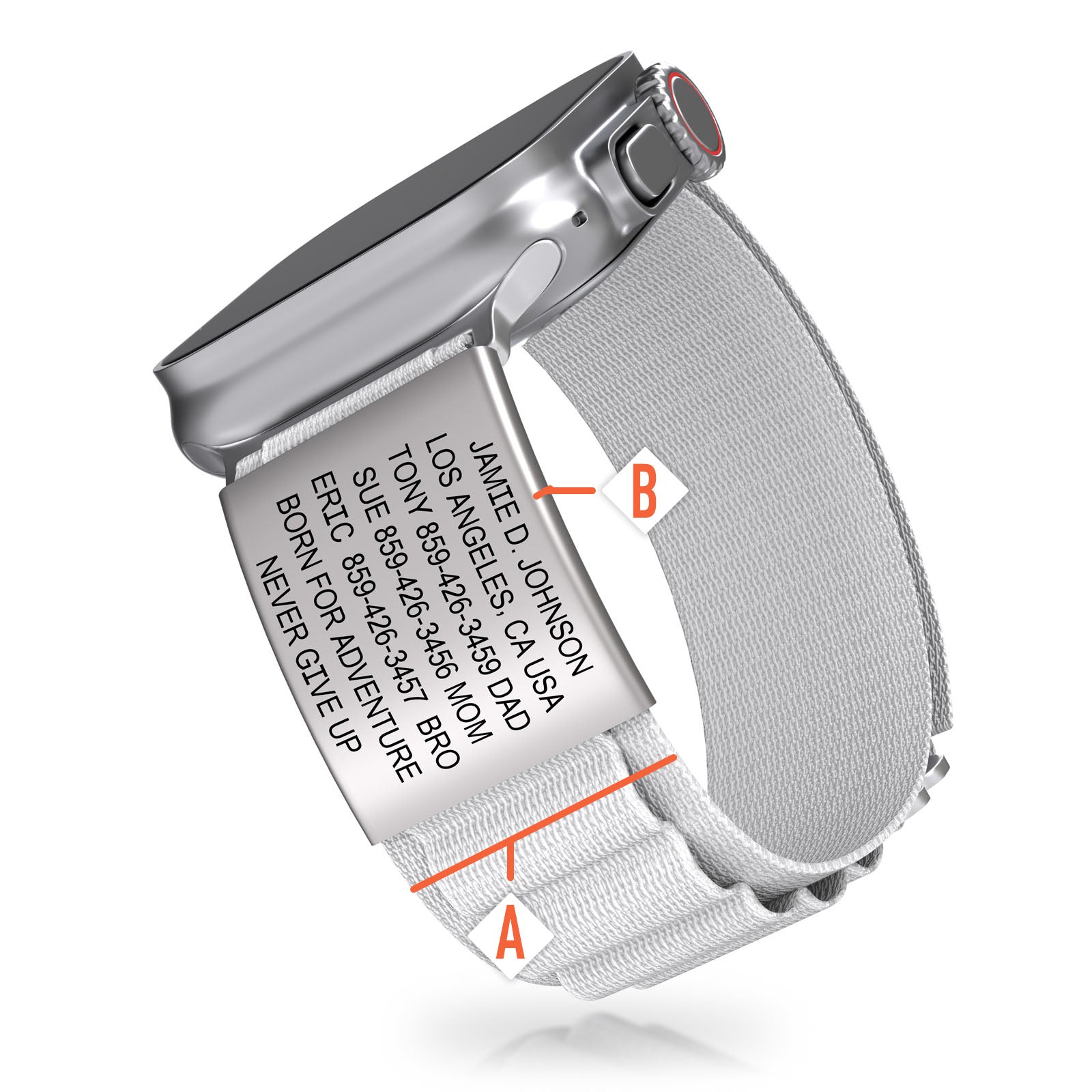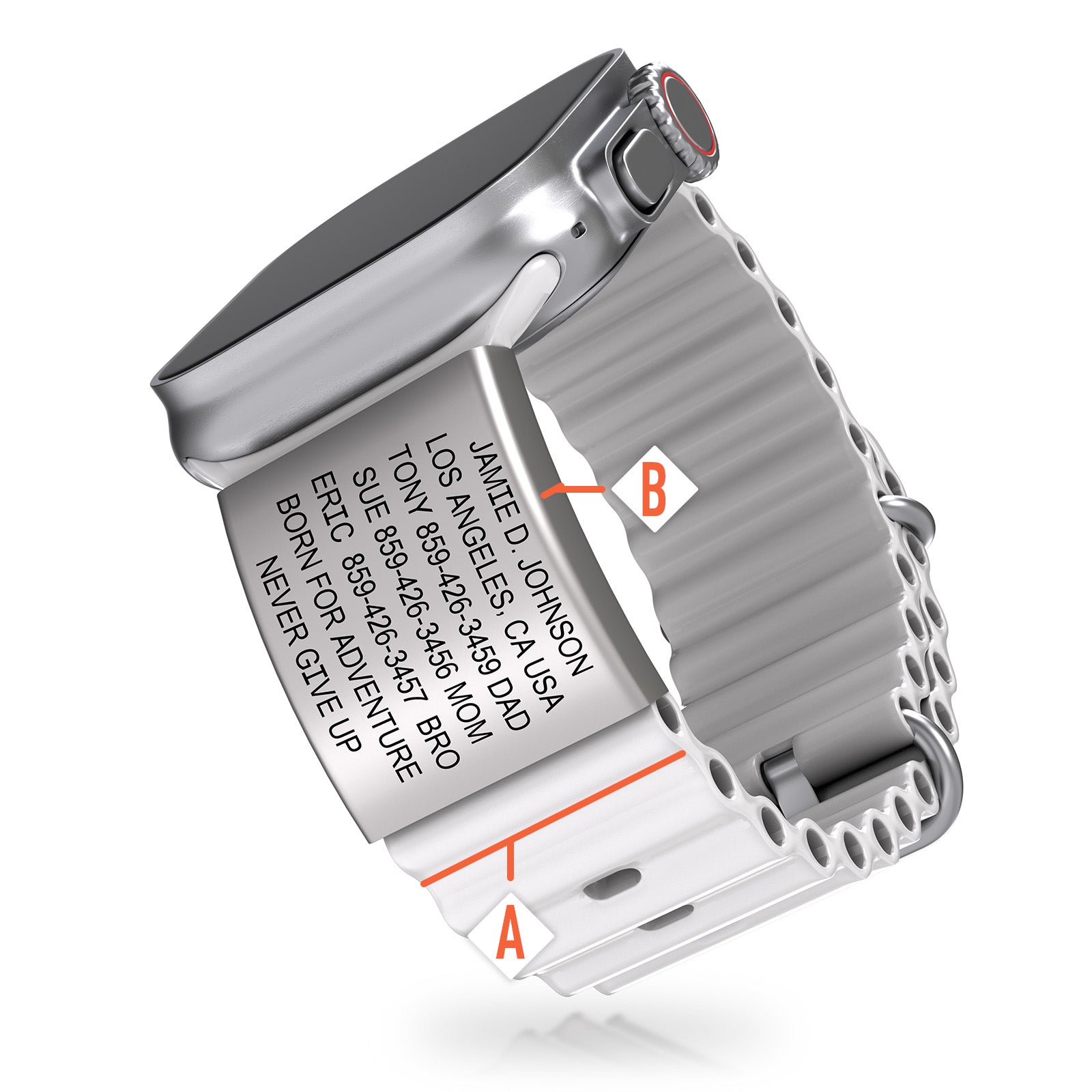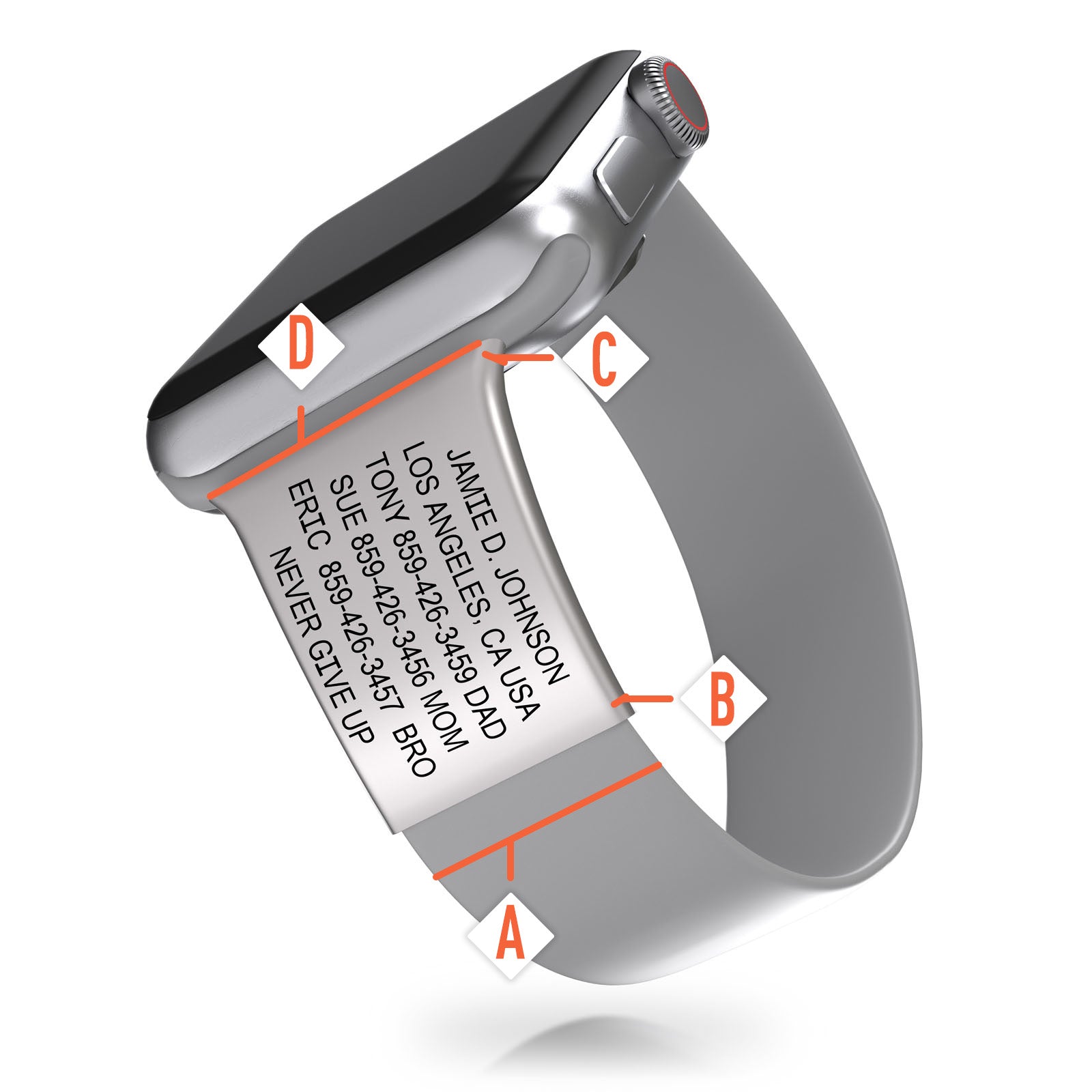Mindful PNW Travels contains affiliate links and is a member of associate programs. If you purchase using one of these links, I may receive compensation at no extra cost. Please read my disclaimer for more information.
**Disclaimer** I am not a medical professional. I am someone who personally has epilepsy and this has been my experience and my journey. Please always speak to your neurologist first about these types of activities. I am writing this post to inspire others and offer tips and advice.
To give a little of my backstory, I was diagnosed with Epilepsy in April of 2023. From the start, my medical professionals told me all of the things that I could not do anymore. Everything I loved to do was no longer an option, and that flipped my world upside down.
I deal with grand mal seizures (tonic-clonic seizures) and spending time outdoors taking part in my passions is one of the most important things in my life. It is healing physically, mentally, and spiritually...nothing fills my cup the same way.
Growing up in Washington, backpacking has been a part of my life at an early age. As I got older, jumping out of airplanes at 14,000 sounded like a fun hobby, and dang did it give me the rush that nothing else will. As a water sports lover, I decided to get scuba certifications to have the first-hand experience of being immersed in the magic of the underwater world.
To be told in April 2023 that my adventurous side was over was painful to hear on every level possible. Plus, I was not allowed to drive, my freedom was gone. It took me months (and is still something I actively work on each day) to understand that I can still live a life I love, with modifications and unfortunately some restrictions.
If you or a loved one has epilepsy, this article offers tips, and advice, and informs others of mindful living and how important it is.
 |
 |
 |
Hiking with Epilepsy (Seizures)
When I first got diagnosed with epilepsy I compared myself to others, some people who have never been able to drive, others who had their seizures under control, some who had so many seizures that their life was limited, and all of that scared the heck out of me. Everyone with epilepsy has a different journey, different comfort levels, and different limitations.
People get worried when I am in the wilderness, "what if I have a seizure on a trail", "what if I'm in the backcountry and out of cell phone service", and all of the other "what if's". I am here to tell you that I understand, I am in your shoes and personally know the frustrations. It is mentally taxing, depressing, and beyond frustrating that your body has led you to this type of betrayal. One that you can't always control.

If you are new to hiking, welcome to the club, it is a powerful and meaningful experience. Start by taking it slow and be mindful of your body and how it reacts to duration, elevation, and exhaustion. It's important to mentally and physically prepare your body before stepping into the wilderness.
Now let's jump into the tips I have found helpful for backing and hiking with epilepsy.
Similar Post: Mindful Traveler | 13 Tips to Make the Most of Your Trip
Tips for Planning a Hike with Epilepsy
As someone who loves to spend time outdoors and deals with annoying seizures, these are the most important tips I have learned.
Tip #1: Speak with your Neurologist
As I mentioned, I am not a medical professional, and it is important to speak with your neurologist before setting off on a hike. Your doctor understands your case the most and may mention activities you shouldn't do or help you understand the risk you are taking and what you should restrict.
Tip #2: Don't Forget Medication (and Remember to Take It!)
If you or a loved one has epilepsy, skipping a dose of medication is a typical trigger for seizures. It is important to remember to bring your medication, I typically bring an extra day's worth, just in case, you never know what may happen out there.
Now that we have covered bringing your medication, the second part is to remember to take them at your normal times. I set an alarm on my watch just in case I am preoccupied with soaking in all of the beauty of nature or hoofing up the side of a mountain.
Pro Tip: Inform your hiking buddies where you keep your medication in case you need to access it after a possible seizure.
Tip #3: Hike with a Friend
From experience, I want to start by saying that you should choose who you hike with wisely. Someone you trust and who can work under stress is important in case you do end up having a seizure. I probably make other people more nervous than myself when it comes to backpacking because they are on high alert. Understand that seizures are scary for the individual with epilepsy, but they are also extremely stressful for loved ones or others on or off the trail.
Well before your trip, brief your friend on what hiking with your seizures may look like. Maybe it is common for you to have an aura beforehand or that you have jerky movements during. Next, inform them what they can do to help you before, during, and after a seizure. (I touch on this topic later in the post!)
Epilepsy isn't a condition that you can see, and it is important to let others know that you have it when you are hiking or backpacking.

Tip #4: Listen to your Body
Hiking with epilepsy requires people to be more aware of how their body feels throughout the hike. It is okay to turn around early if you need to, take breaks if you start to feel "funky", or change your mind if you don't feel comfortable going on the hike.
Since being diagnosed with epilepsy I have still spent days in the mountains, and it may look like I am all fine and dandy in photos, but in some moments I have to practice mindfulness and take a moment to stop and breathe. I've had a couple of moments when I start to feel off. I don't have an aura or know what all my triggers are, so anytime this funky feeling happens I take my backpack off and sit down in a safe area and let my friends know.
Focus on your breathing, in for 4...out for 4, slow down your nervous system, and try to hone in on your breathing and nothing else. If that doesn't help, try to focus on your 5 senses - what can you feel underneath you, what sounds do you hear in the wild, what smells of nature do you recognize, what do you taste, and pay attention to each of these details.

Tip #5: Wear a Medical Tag
If you are stubborn like me, you don't want to wear some obnoxious dangly necklace with a big "Hey I have epilepsy!" picture on it. I will say that this is the most common place for medical professionals to look, so maybe don't be as stubborn as me.
Instead, I wear a Road iD badge on my Garmin watch that I don't take off. I also have a medical tag on my backpack that I hang on the outside just in case I am unconscious and to help others know that it is "normal" for me.
- Bracelet: Road iD Personalized Medical ID Bracelet
- Watch Badge: Road iD Universal Sidekick ID
- Necklace: Medical Alert Necklace Laser Engraved
- ID Tag: Medical Alert Tag (Personalized)
- Tag for Backpack: Epilepsy Medical Alert Tag
Think of what you want the ID tag to look like and what type of tag you will actually wear. Maybe you would prefer the medical necklace, but regardless, I highly recommend wearing something that others can identify.
 |
 |
Tip #6: Learn Your Triggers
Some people with epilepsy have an aura before they have a seizure. If you are hiking with epilepsy please make sure to tell your hiking buddies what this is so they are also aware if you start to show signs.
It is tough to learn your triggers, it seems like so many things could be a trigger. Flashing lights, lack of sleep, hyperventilation, stress, missed medication, menstruation, low blood sugar, or over-exertion. Uh, isn't this life? Be mindful of what bothers you, prepare your body before hiking with epilepsy, and don't overdo it. And, have a good time. It's normal to be uneasy on the trails, but managing what you can control will help.
Tip #7: First Aid Kit + Seizure Action Plan
If you are hiking or backpacking, you should have a first aid kit, if it's 2 miles or a 4-day backpacking trip...you never know what can happen.
Seizure First Aid:
- All seizures are different, meaning action plans are slightly different
- Time the seizure
- Speak calmly and reassure the person that they are safe
- Don't grab or hold
- If others are nearby, explain what happened
- Block hazards Do not assume the person can walk or talk after
- Do not put any objects in the person's mouth
- Wait to give any water, food, or medication until the person is more aware
Tip #8: Always Carry an Emergency Contact Device
Many of these tips are important if you are hiking with epilepsy, but additionally for all other hikers.
Top Emergency Contact Devices:
- SPOT: Different products, uses GPS satellite signals to transmit data
- Garmin inReach mini 2: Able to send messages and additional features like navigation (subscription)
- Personal Locator Beacon: "PLB" - Avoid subscription fees and only capable of sending SOS in an emergency
Before a trip, tell someone (not in your hiking party) which trail you are going on, the route you are taking, the expected return time, and any other important information. If you are the person who is waiting for your loved one to respond by that expected return time, give it extra time, they could still be out of service or with a dead phone. Please don't panic right away.
I always download the map on AllTrails while on WiFi, bring a portable charger, and place my phone on airplane mode to save battery.
Reminder: Respect the locals (aka the wildlife) and leave no trace.
Please look up the trail details, reported bear sightings, snow levels, or unmarked sections of hiking trails, and pack accordingly.
Hiking with an Individual with Epilepsy
If you are hiking with a friend who has epilepsy and have questions, please ask your friend before you step off, this helps relax your mind, and if something does happen, you know what to do.
Let's jump into the details of seizures, there are 3 phases of seizures: 1. Beginning (aura), 2. Middle (actively seizing), 3. End (post-ictal). If you know that your friend has seizures, you may not need to send an SOS message for the situation. However, this is when you should send an emergency signal, and what to do if this does happen.
When to Send/Call an Emergency:
- Longer than 5 minutes of the middle phase of a seizure
- Not breathing
- Serious injury
- The individual has consecutive seizures back-to-back
- Seizure occurs in water
What to Do:
- Ease them to the floor if possible
- Place them on their side, if possible
- Block hazards
- Stay with the person
- Stay calm, during the post-ictal stage it is scary for the person as they regain consciousness (it is normal for the individual to be emotional or not seem like they are mentally present for a while)
___________________________________________________________________
Conclusion: Hiking with Epilepsy
This was a heavy post, a lot of information, but something that I hold near and dear to my heart. My goal was to inspire others with epilepsy to follow their dreams and chase what they are passionate about. There are probably enough people saying you "shouldn't" do X, Y, or Z. This is your journey, make the most of what you can, try to stay positive, and remember that you are not alone.

About 1 in 26 people have epilepsy, don't let it overtake and control your life. Understanding your limitations, restrictions, and what you are comfortable with moving forward will likely be a lot of trial and error. If no one has told you yet, I am proud of you for figuring out ways to do what you love, and I believe in you.
Hope to see you out on the trails! 😊
Happy Trails,
Caitlin
Mindful PNW Travels
*All photos submitted by Caitlin
